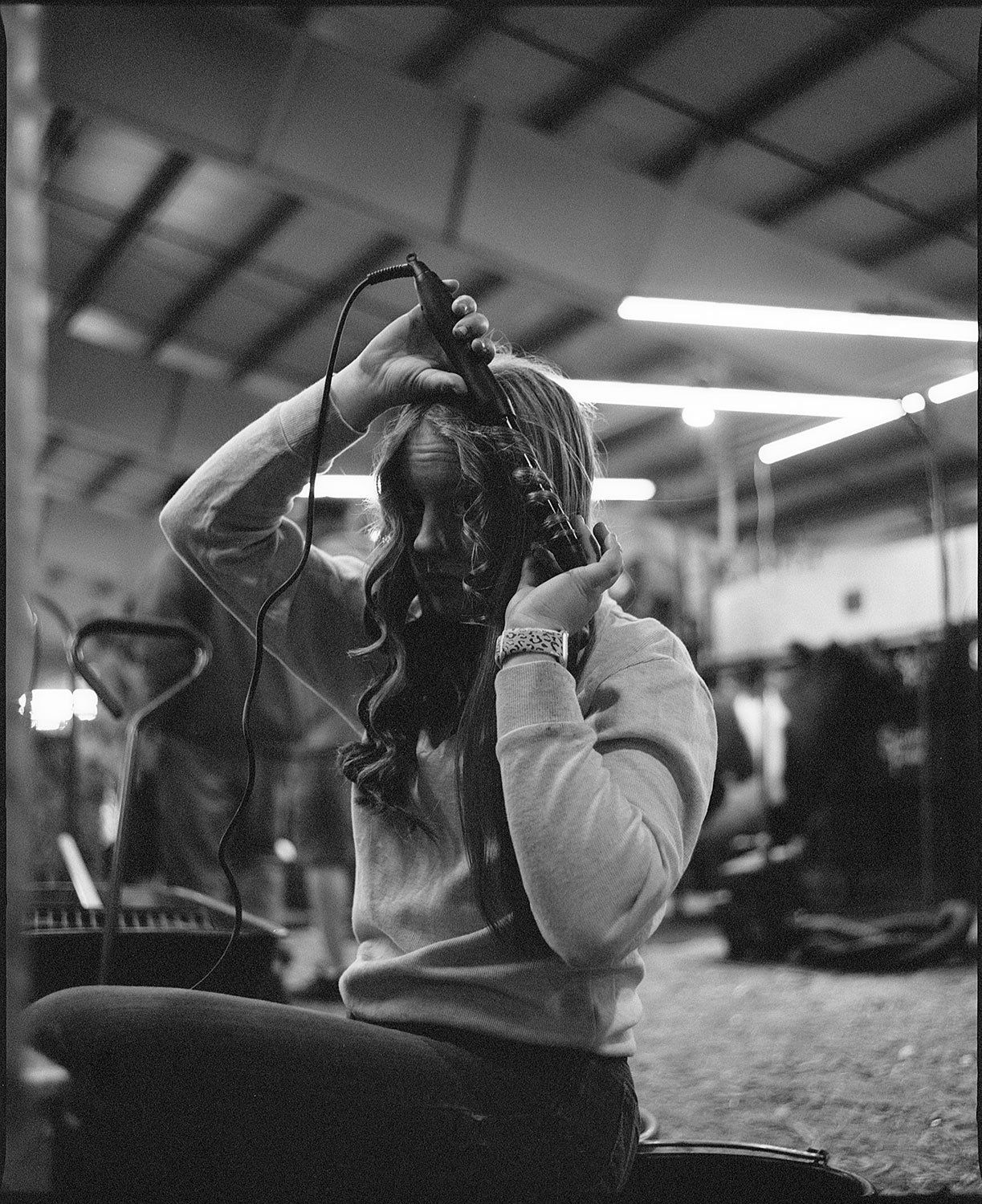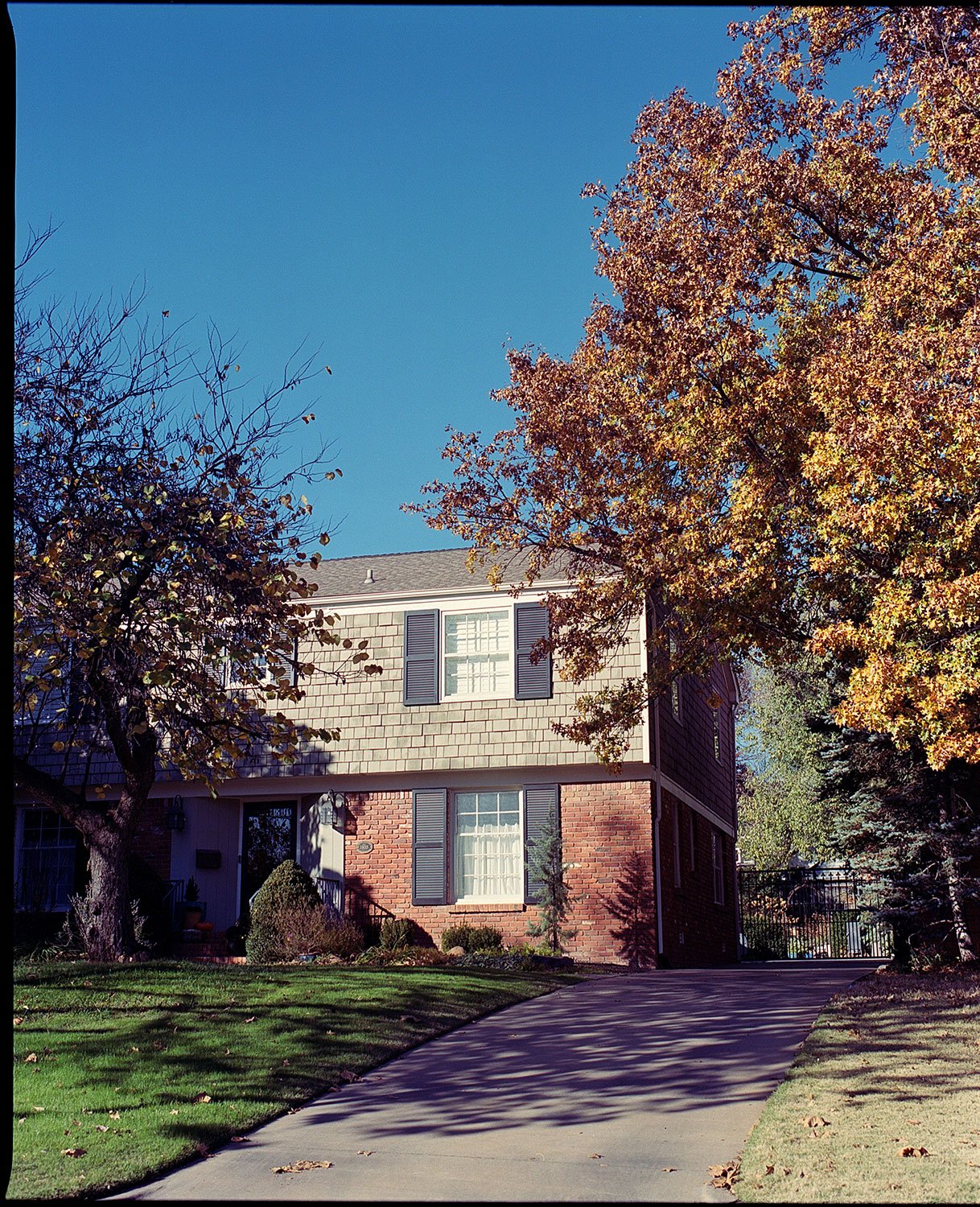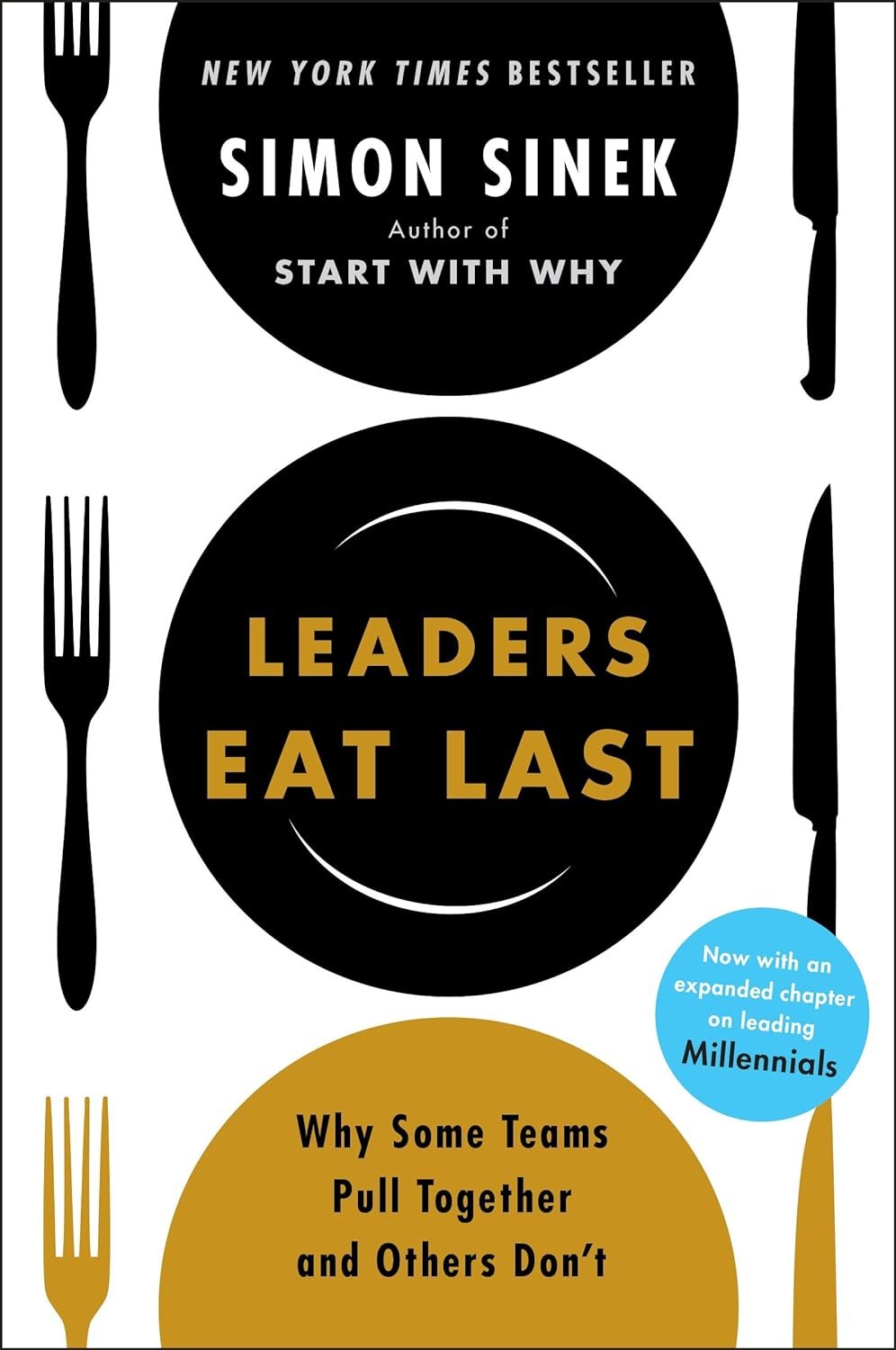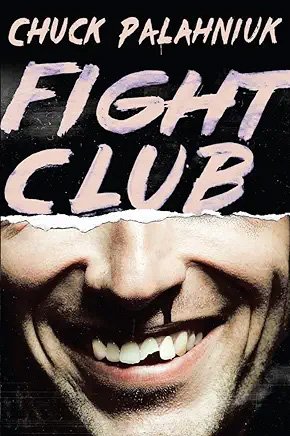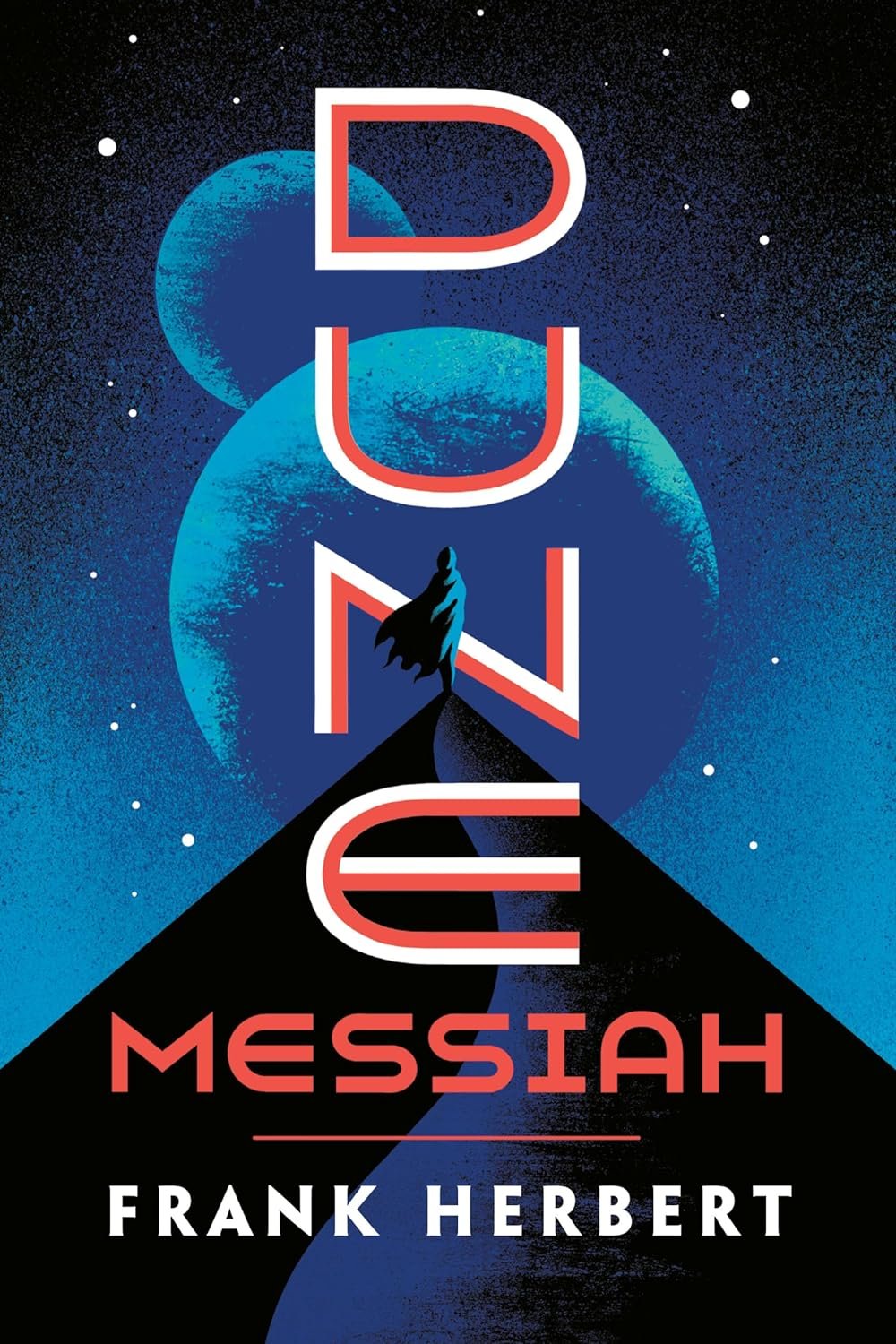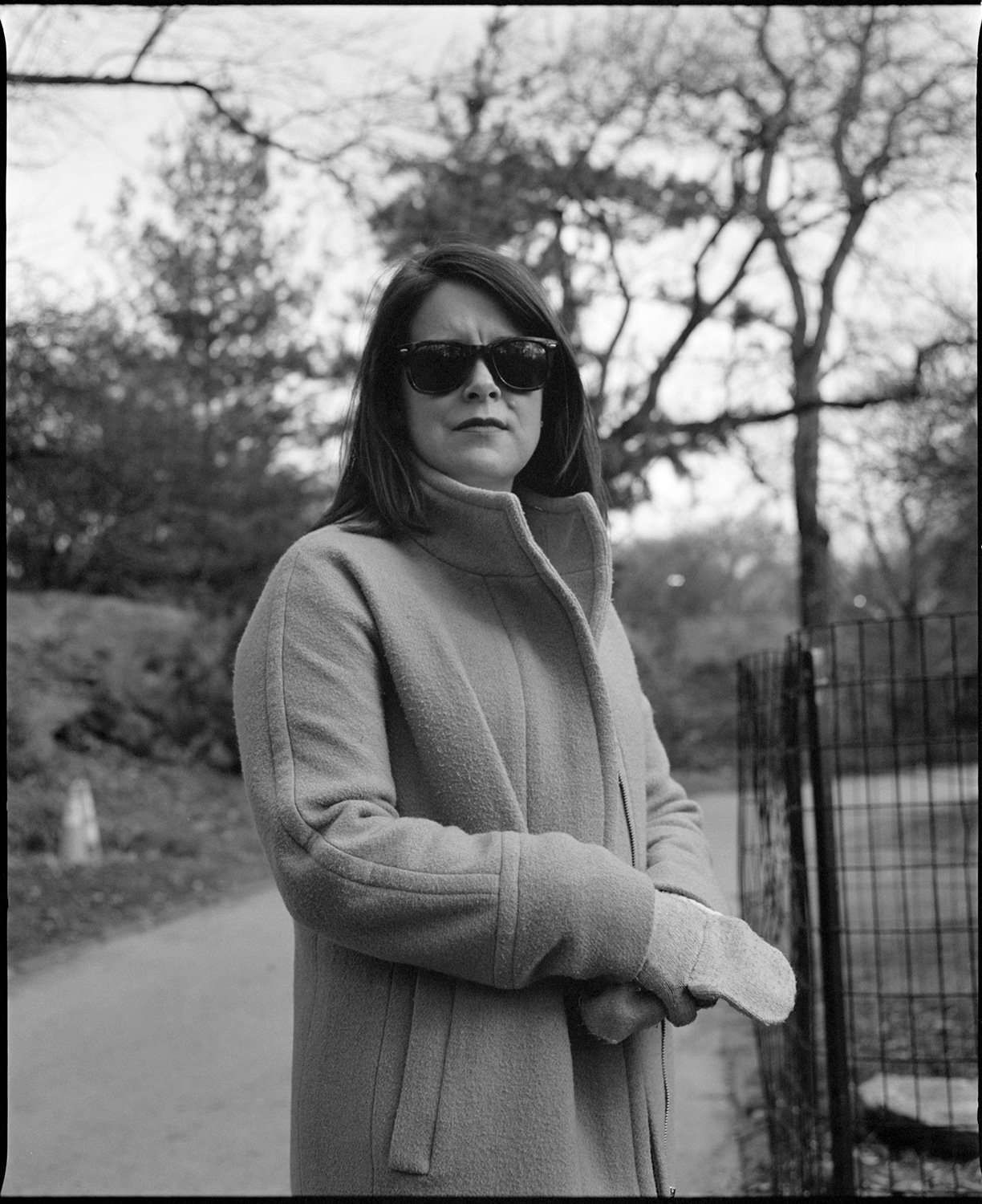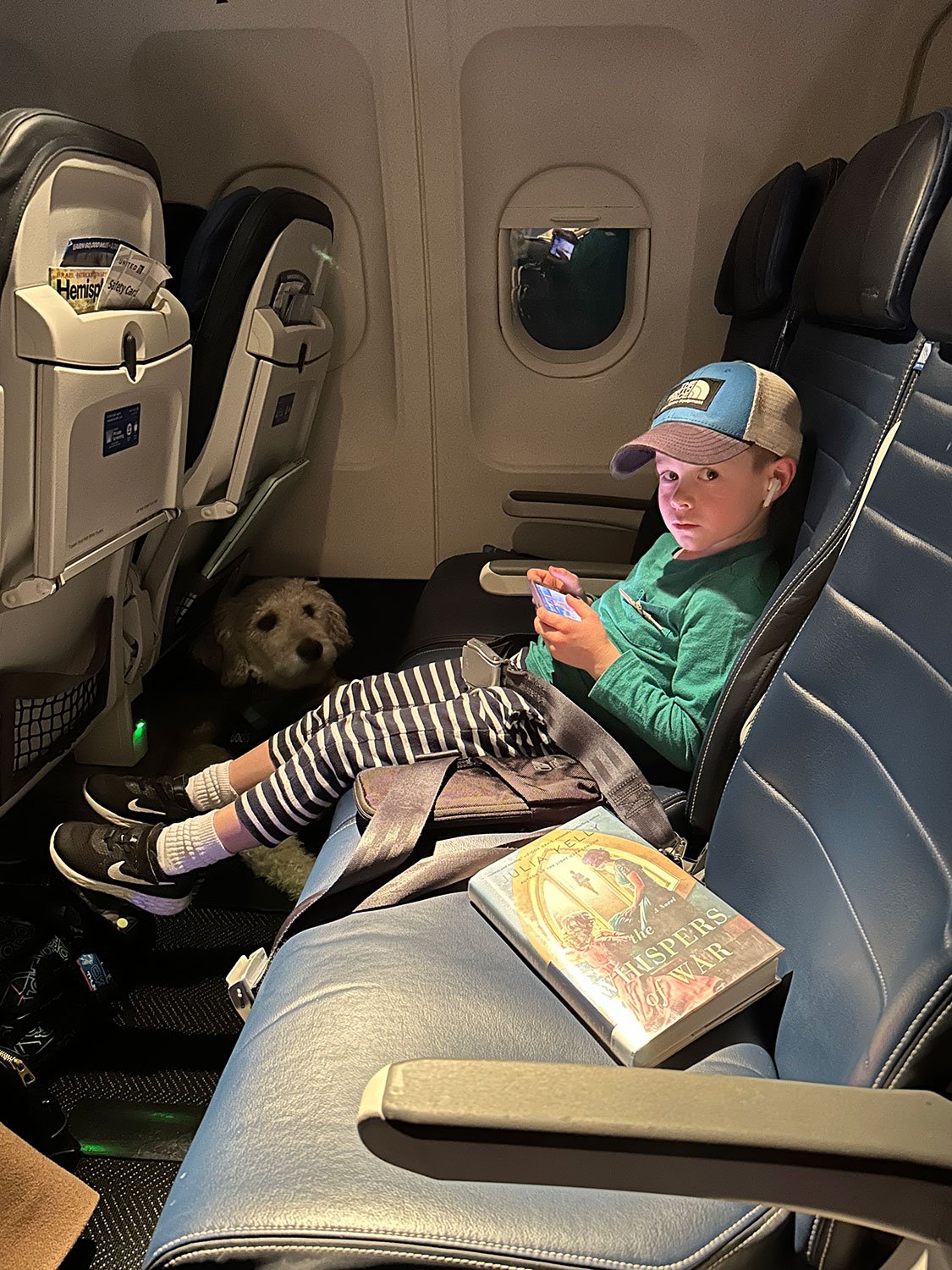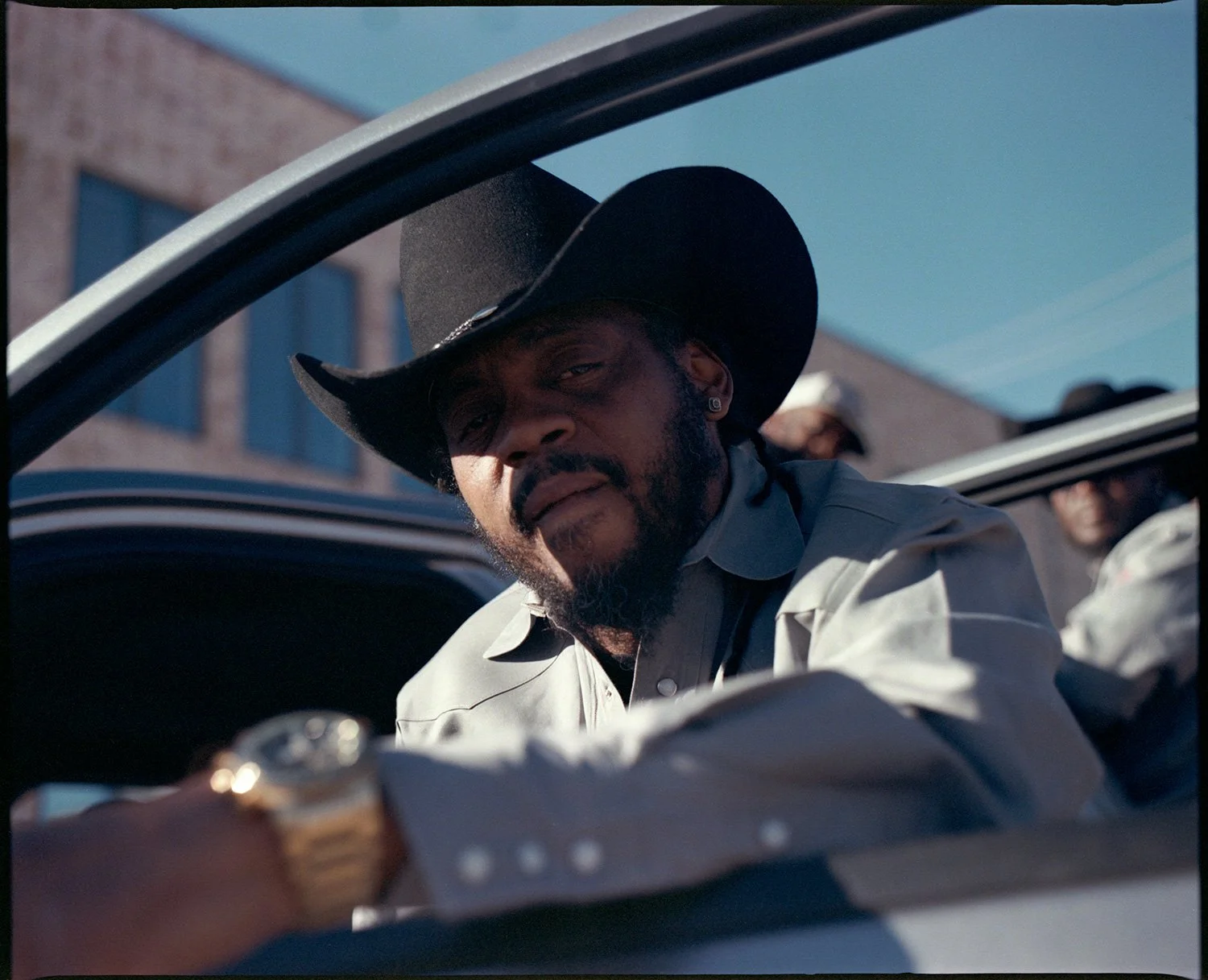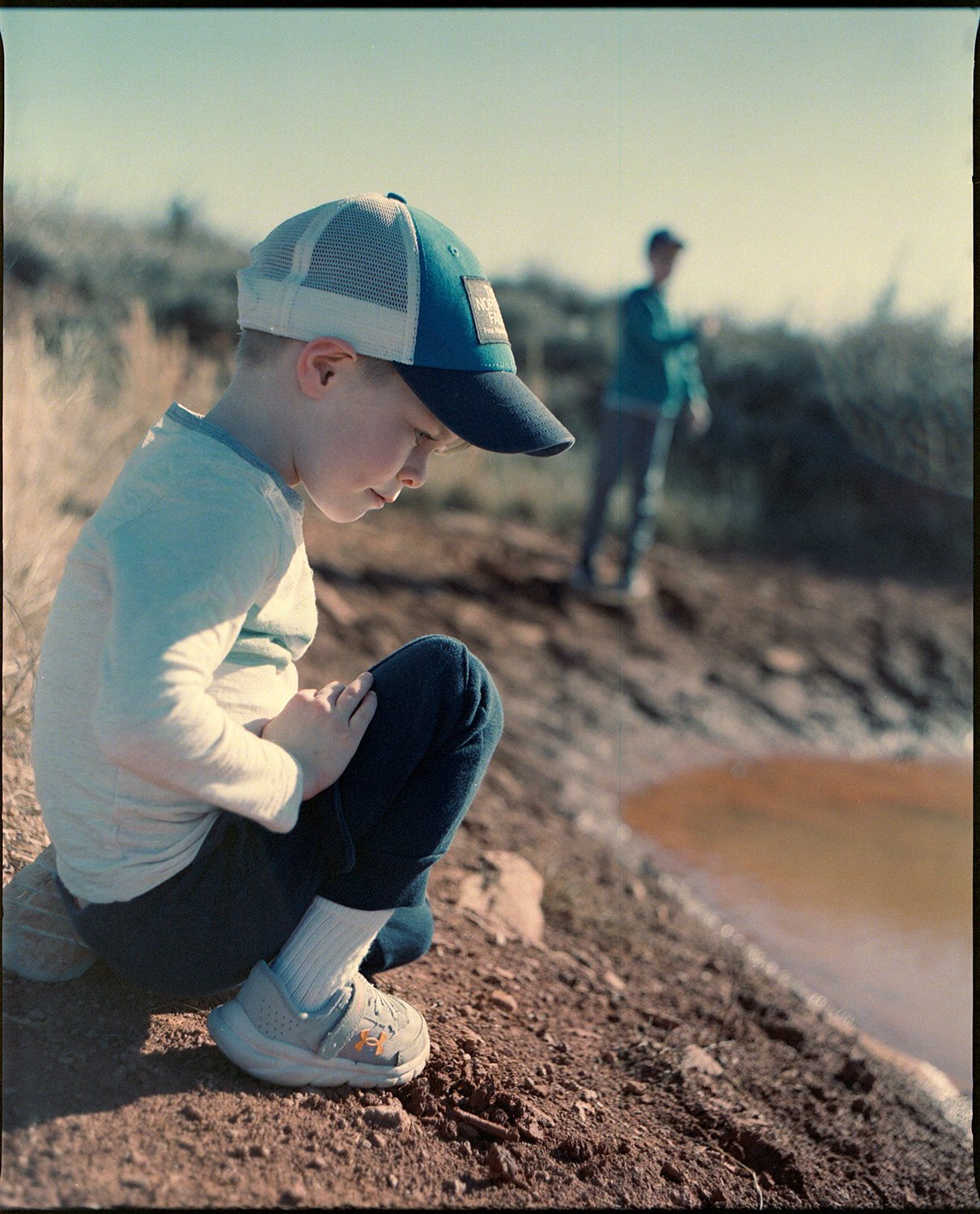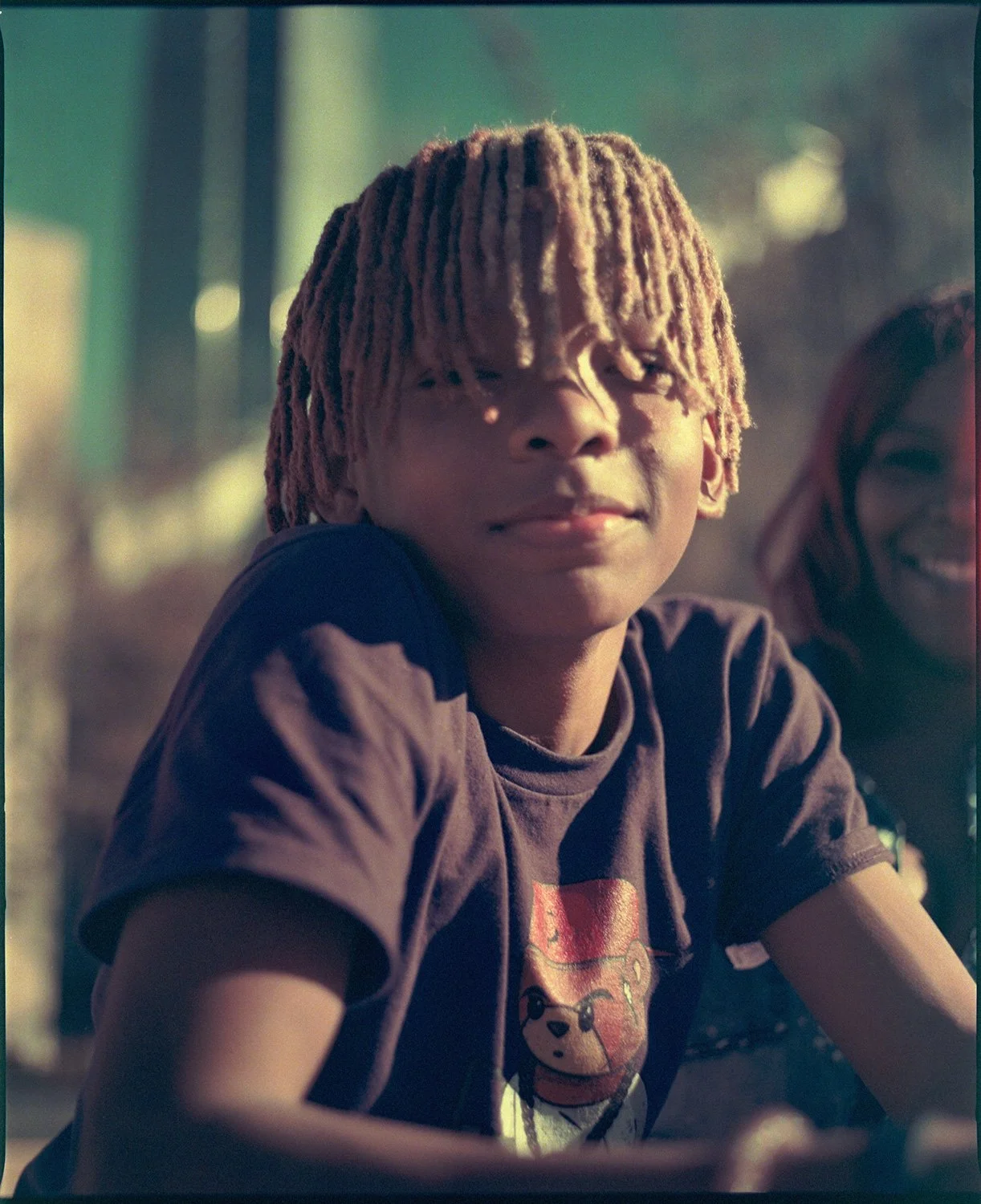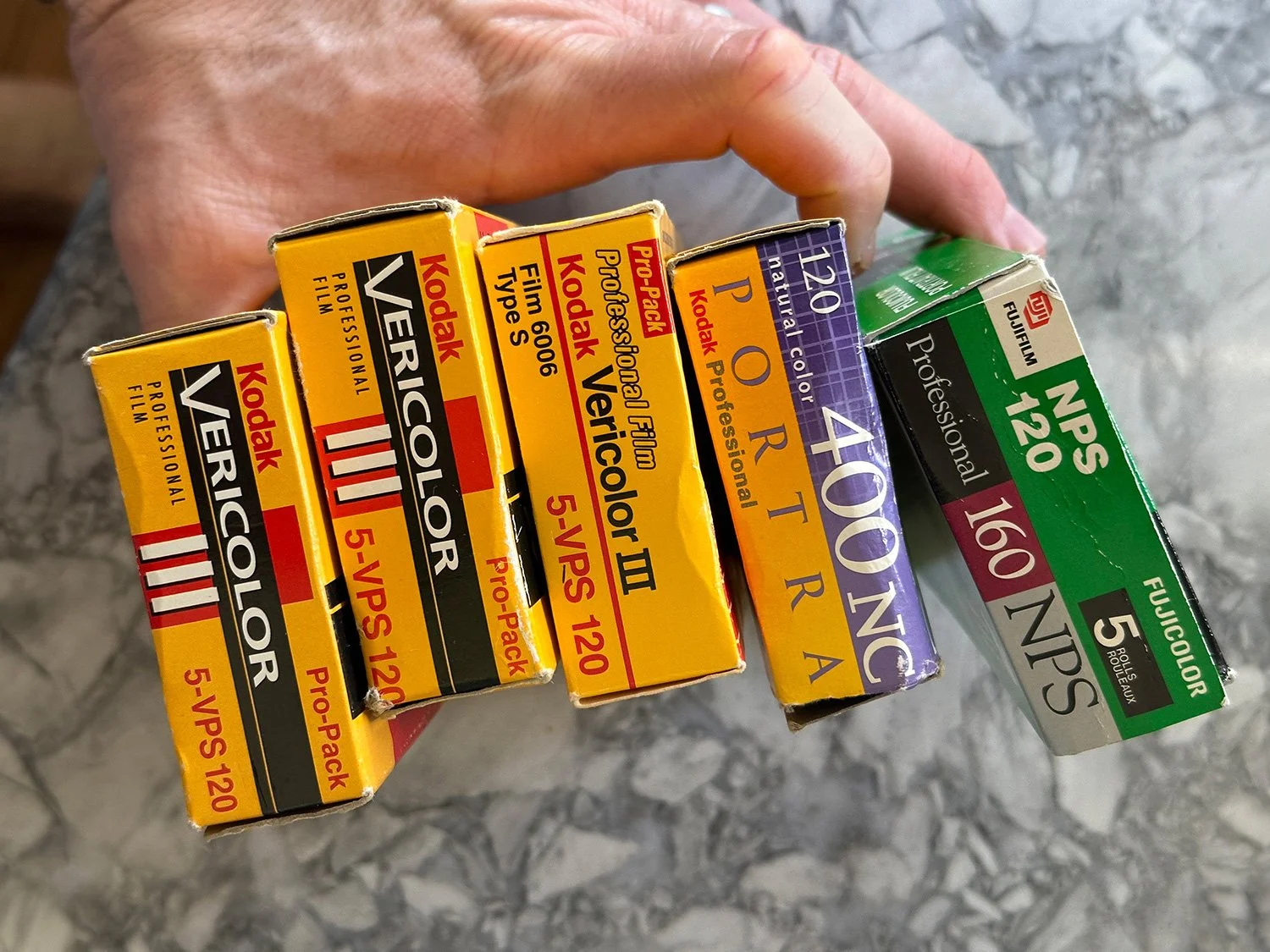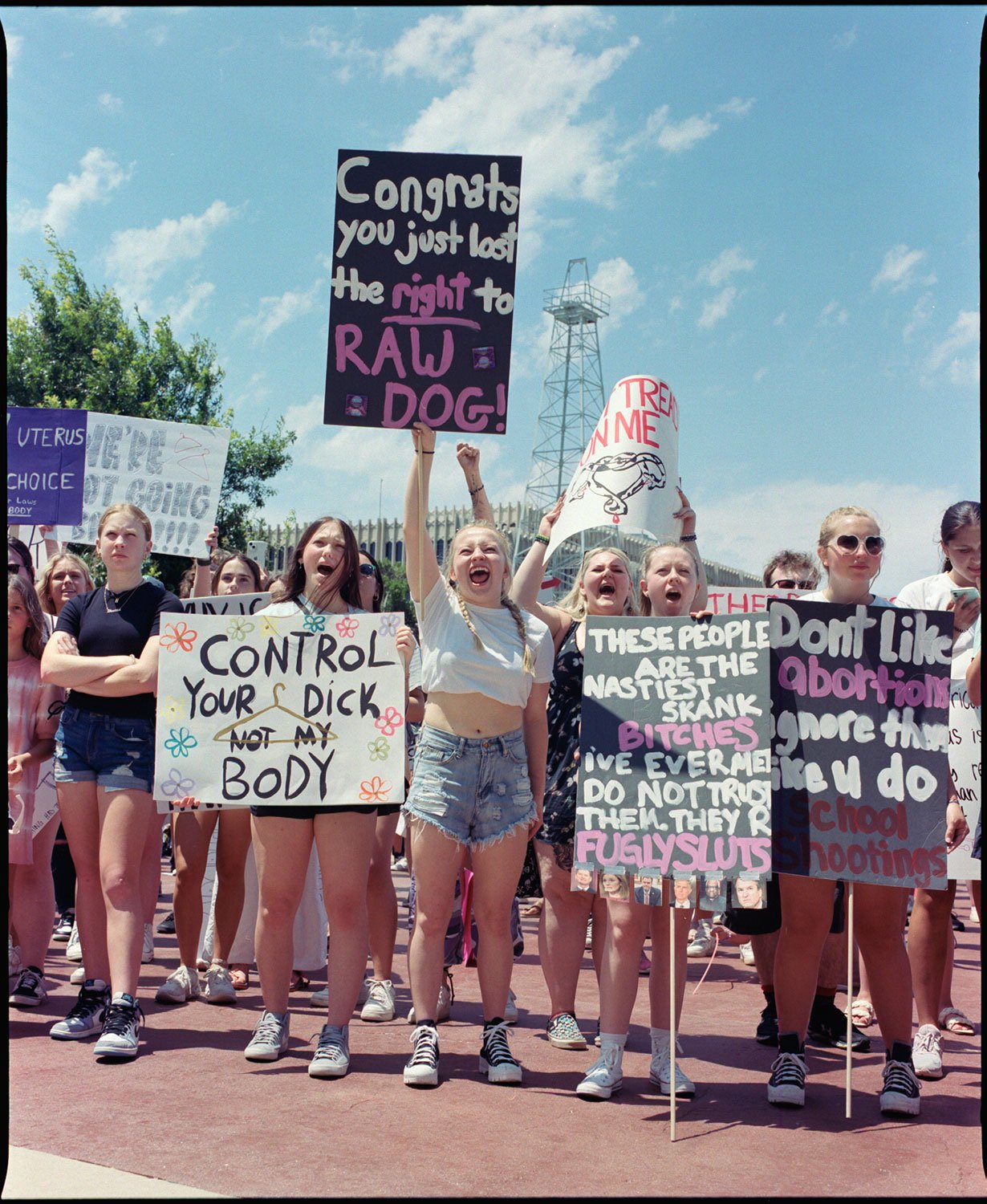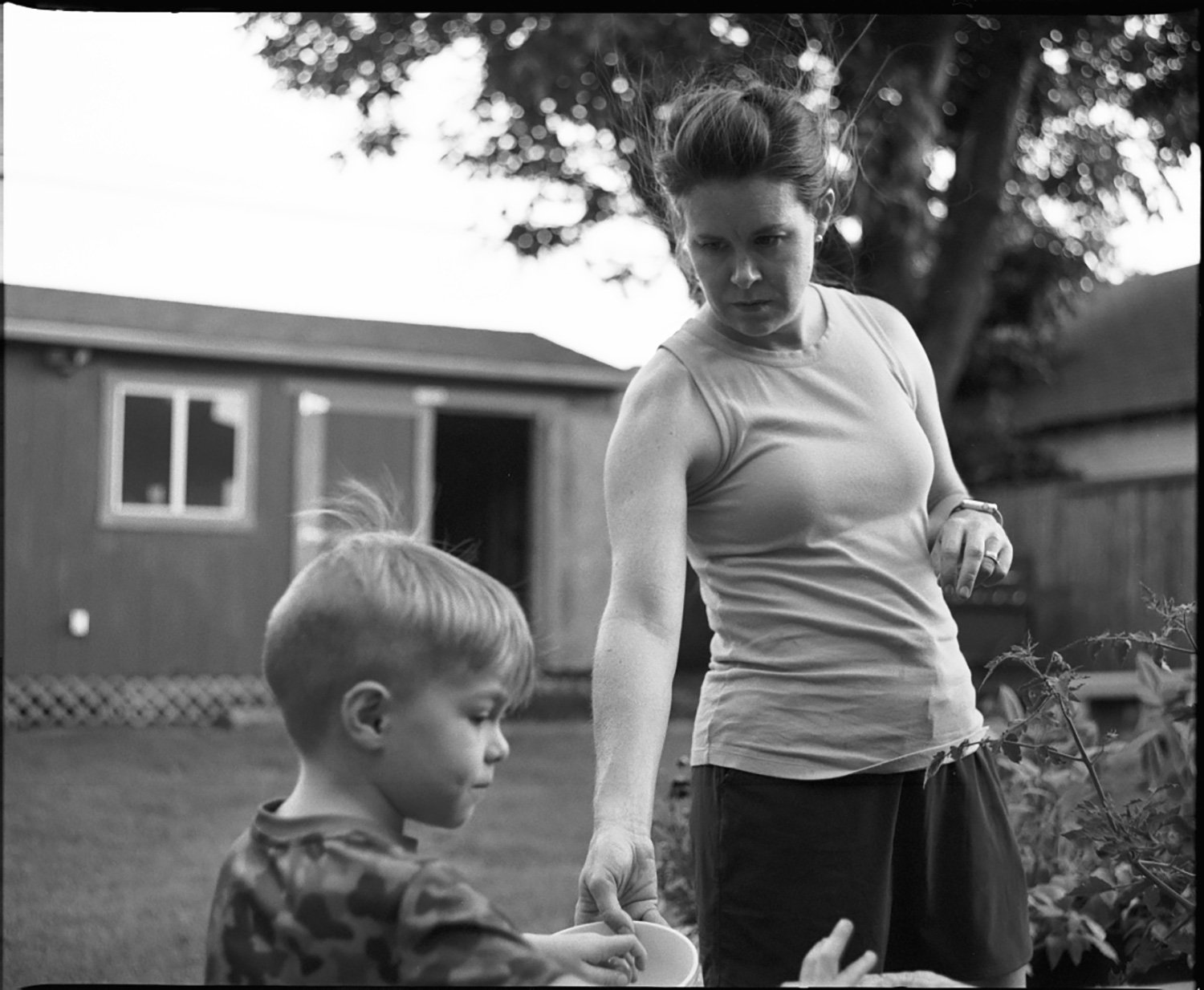My first legit experiences behind a camera go back to high school me. Back then I spent most of my time in the band room and/or trying to keep up with my honors classes, but then there's that one photography class I took that ended up being the most related to what I do for a living. Not sure where I got the camera, but we shot our assignments on 35mm black and white (B&W) film that we later developed and printed in the school's darkroom.
The fact I really don't know if the images I'm trying to make will actually turn out or not is pretty great. My 1970's era Mamiya RB67 Pro-S smells like an old car and doesn't have a light meter. Sometimes I'll do test shots with my DSLR to dial in shutter and iris settings. Sometimes I'll lean into my handheld Sekonic light meter to do the thing, but then again shooting film is all for naught if you screw up the developing part. I've got a growing binder of color and B&W negatives I've shot since getting my film camera and can honestly say there's only a handful of images in there I'm proud of. In our world of instant gratification, forced patience is a good thing.
Back in May I was in New York to film an abortion rights protest and came home with five rolls of Ilford HP5+, some powdered Kodak D76 developer and fixer, plus a small bottle of concentrated Kodak liquid stop bath. I'd had a good experience with powdered C41 chemistry before and knew the powdered form would have a longer shelf life. Plus I didn't want to chance big bottles of liquid spilling out and destroying the other gear and actual livelihood packed away in my checked gear cases while in transit.
For my C41 film processing, I already had a Paterson developing tank, dark bag, and some other misc. bits. I keep my color chemicals in one liter dark amber glass bottles, but opted instead to get those accordion style plastic bottles for my B&W goodies. So far I'm more impressed with those plastic bottles seeing as how they're less likely shatter and they can squish down to keep out excess air (and oxidation) to help extend the chemistry's shelf life.
Most of the internet told me not to try and break up the dry chemistry batches into smaller quantities, but they're not the boss of me. A couple other rebels let me in on their secrets and I too broke up my gallon batches of D76 developer and fixer. Make sure you're prepping your chemistry in a well ventilated area so you're not losing a lung like this hero. Be smart too and wear rubber gloves, a mask, and avoid doing this nonsense in the same place where you prep food.
There's tons of B&W developing tutorials online. For some reason they all seem to not get along or agree like those nice hipster kids doing their thing with C41 color developing. I kinda mixed and matched what I could find considering the film stock and the chemistry combination I'm using.
















